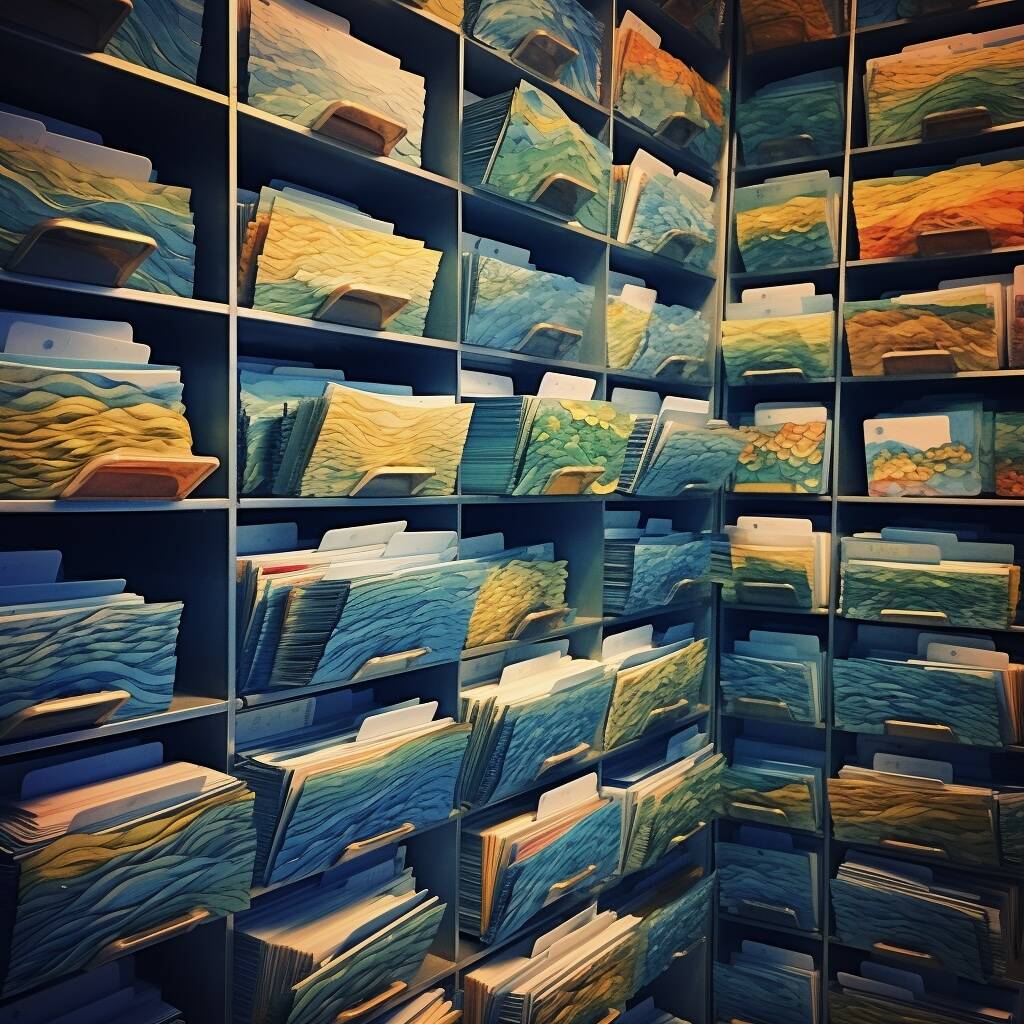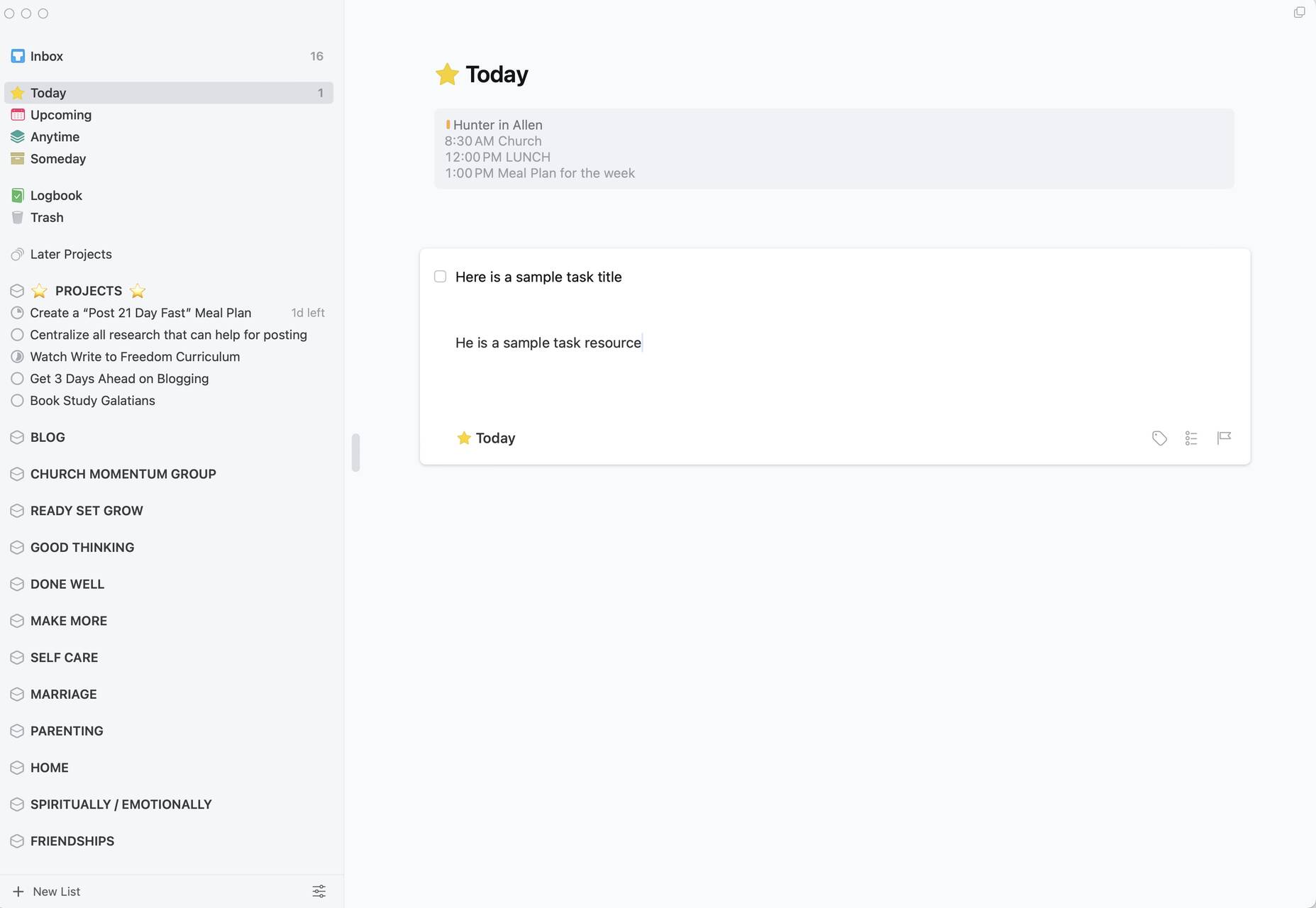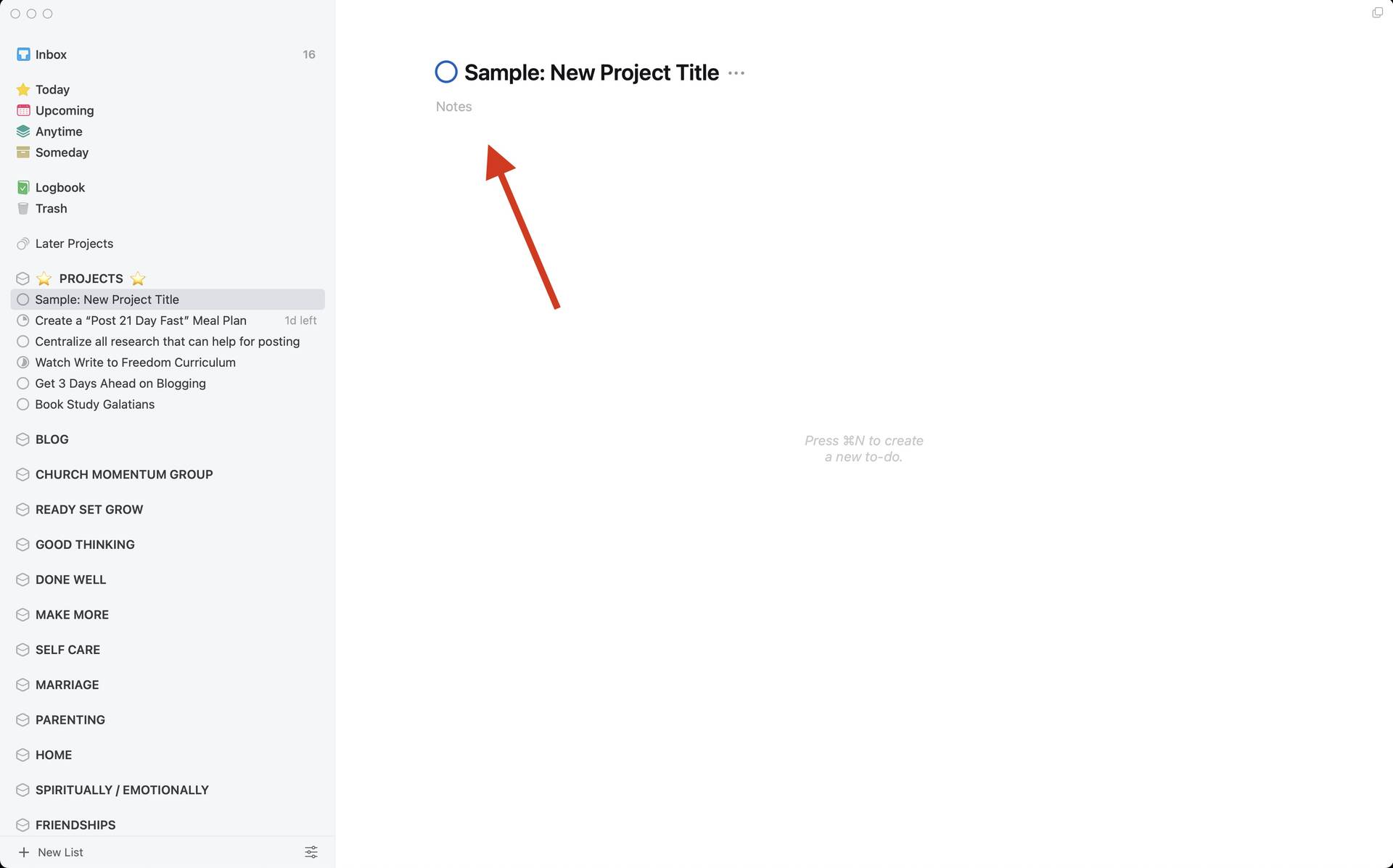ENTERING THE SECOND PHASE: WHERE?
Congratulations, we’re now entering the second phase in the Workflow!
This is where the Inbox came into play.
You then clarified the items in your inbox by determining the next physical action that you can take.
In this lesson, we'll enter into the next step where we ask ourselves, WHERE should they go from here?
In this phase, I will show you where each item that can appear in your inbox belongs.
The Task Manager — stores tasks and projects
Your Resources App — stores your notes and references
Your Calendar — stores day-specific or time-specific events
YOUR TASK MANAGER: STORING YOUR TASK AND PROJECTS
There are going to be items in your inbox that are actionable, meaning you’re able to take the next physical action to complete the task, but when you wrote it down, you weren’t able to complete them right away.
These are going to be either a task or a project
What's the difference between a task and a project?
- Task: A series of one-off action items with a "do date" indicating when you want to see it again to do it.
- Project: A series of tasks linked by an outcome.
YOUR RESOURCE APP — STORING YOUR NOTES AND REFERENCES
You will likely come across a multitude of resources in your inbox that you wish to save for future use.
If you encounter something valuable and worth saving in your life that is not actionable, meaning it is not a task or a project, it should be saved in your resource app for later use.
What we are going to come across in our world are three different types of resources worth saving:
- Task Description
- Project Plan
- General Resources
1. TASK DESCRIPTION
Anything that isn't a to-do itself that helps you complete a specific task
examples:
- The phone number of the person you are trying to call
- The meeting agenda you're attaching to the email you need to send
- Or the scratch note ideas you wanted to talk about with a co-worker
If an item is a task resource, then add it to the description of the task.
Anything that isn't a task that will help you in the completion of the project
examples
- Any mood-board inspiration
- Any helpful references
- Any brainstorm notes
- Any meeting notes
- Or the project’s objective
These are the notes/ideas/resources that you stumbled upon online or thought up yourself. They may not be attached immediately to a task or project but could be valuable later.
example
- An article worth saving that you may use someday
- An inspirational website that you will want to reference when we do a website overhaul in the future
- Basically, it's a resource worth saving, but you don't have a use case for now
When considering these three types of resources, ask yourself:
Where is the best location for my future self to find this note?
- Is it most useful as a task description?
- Should I attach it to my project plan?
- or is it just a general resource that's worth saving for the future?
YOUR CALENDAR: STORES DAY-SPECIFIC OR TIME-SPECIFIC EVENTS
The last type of items that may be in your inbox are day-specific or time-specific events that should be added to your calendar.
What do I mean when I say day-specific and time-specific?
- Day-specific items: These are things that you need to do some time on a certain day, but not necessarily at a specific time. For example, let's say there are tickets to a conference that becomes available on October 15th. You know you need to order them that day, but anytime on that day should be fine.
- Time-specific items: These are events with a specific time, such as a meeting on the 12th at 3 pm. These should also go on the calendar.
This approach allows us to have a minimalistic calendar that doesn't overlap with our Task Manager.
The Calendar is reserved for must-do items on any particular day.
On the other hand, your Task Manager stores all your actionable tasks and projects that can be rescheduled if needed.
That's the difference between the two.
When it comes to items that have a specific time for action, such as a meeting at 3:00 PM or a dinner reservation at 6:00 PM, I find it helpful to reinforce my punctuality by setting multiple alarms on my Apple Watch at the start of my day. These alarms serve as reminders to prepare for each event.
The purpose of this approach is to free my mind from constantly checking the clock throughout the day. It allows me to focus on my tasks and projects, knowing that an alarm will alert me when it's time to transition to the next event.
While you can achieve this using your phone or any device with a timer, I prefer using the Apple Watch because it provides a gentle vibration on my wrist instead of repeatedly hearing a loud and jarring alarm.
To implement this, simply say something like, "Hey Siri, set an alarm to pick up Teddy at 4 pm."
That's all there is to it.
ACTION STEP
Take the remaining items in your inbox and organize them accordingly:
- Is it a task or project? keep it in your task manager and give it a do date.
- Is it a resource? which kind? A Task Resource, a Project Resource, or a General Resource?
- Or is it something that belongs on the calendar?
It’s time to achieve inbox 0.
You got this.
See you tomorrow,
Hunter



